
Morningside Mediclinic
Cnr of Hill & Rivonia Road, Sandton
011 784 7000
Schedule your appointment
Mon - Fri: 07:30 - 16:30
reception@sandtoneyeclinic.co.za
Cnr of Hill & Rivonia Road, Sandton
Schedule your appointment
reception@sandtoneyeclinic.co.za
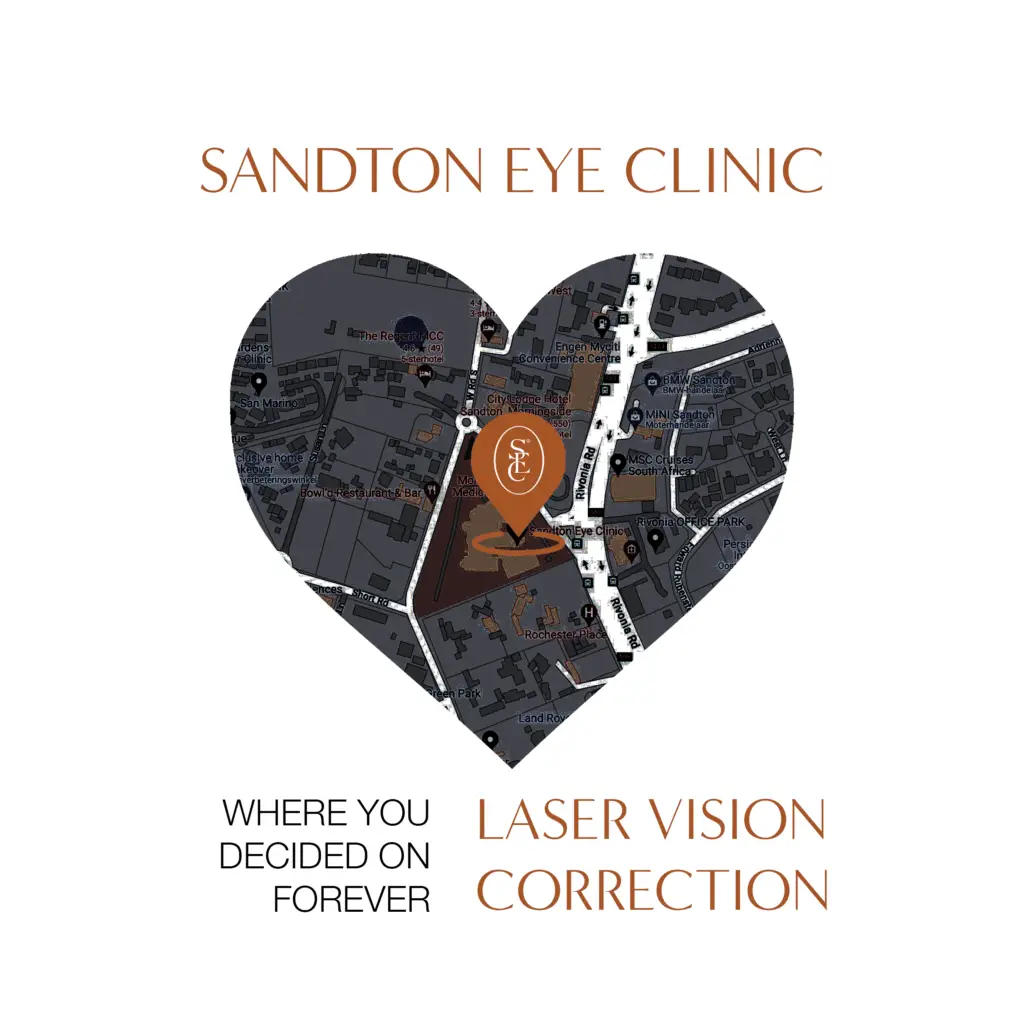
Look at your choices. Glasses. Contacts. LASIK. Pick the best one. Do it now.

Choosing sight without glasses is a lifechanging event. See clearly every waking moment. Just get up and go. Dive in and swim. Enjoy your hobbies and sports without a thought for your glasses and contact lenses.
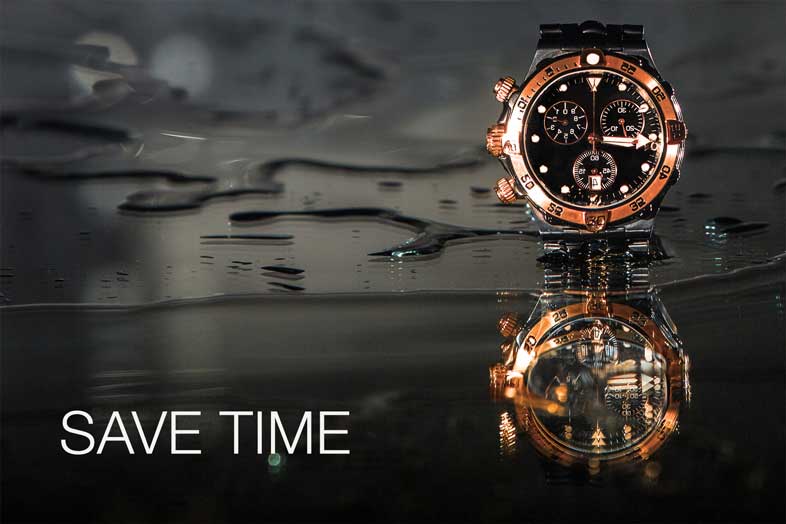
You no longer need to clean your contact lenses twice a day. Laser vision correction will give you at least 10 more minutes a day. In one year, that’s 60 hours. And there’s the time spared not searching for your glasses or readers.
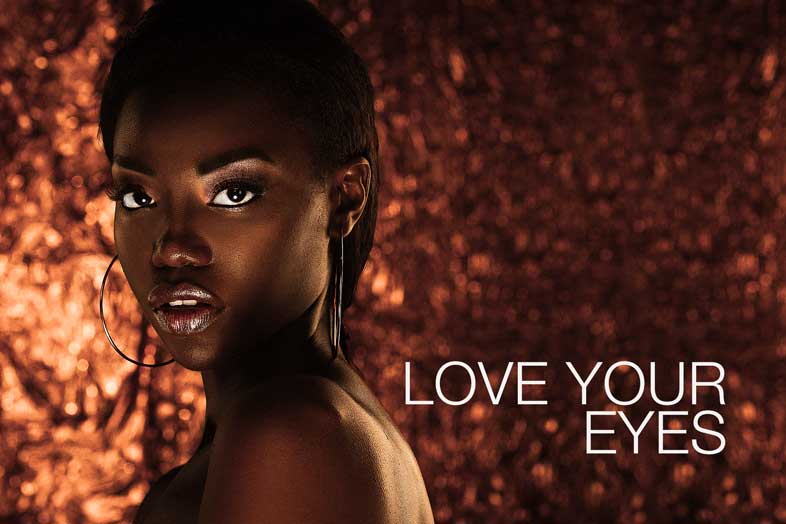
Both LASIK surgery and contact lenses are safe. Did you know that sight-affecting corneal infections are 10 times higher in long term contact lens wearers than after LASIK surgery? LASIK has fewer side effects and higher satisfaction rates than contact lenses.
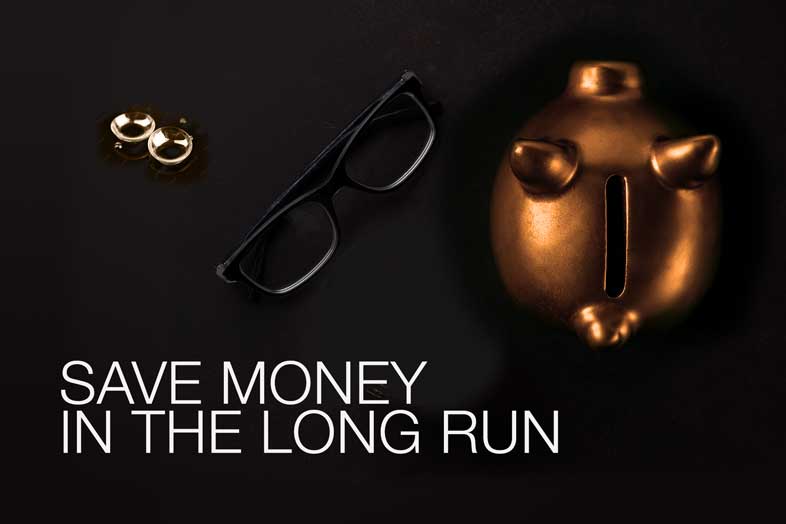
Just being able to see without visual aids is priceless, but LASIK surgery can actually save you money. There is a strong argument for having LASIK surgery sooner rather than later if you calculate how much you spend on glasses and contact lenses.
Statistically 90% of people who need vision correction are candidates for LASIK, which is currently the gold standard in Laser Vision Correction. It can be used to treat near-sightedness, far-sightedness and astigmatism. Because surgery is done under a flap only the edges need to heal. Recovery is fast and most people can return to work in 24 – 48 hours. LASIK can also treat fine unevenness that is not corrected by glasses and contacts with
PRK is used when it is not possible to do LASIK in patients with thin corneas or if you have scars that can be treated simultaneously. This is a surface procedure and the area that needs to heal is larger than with LASIK. Recovery time is the longest of the options. Although the treatment is pain-free, post-op eye discomfort can last up to 7 days. You can return to work 1 week after your procedure. Vision will fluctuate for about 6 weeks. Long-term visual outcomes are similar to LASIK.
With PresbyLasik, the cornea (the first clear layer of the eye) is shaped in such a way that refractive errors are corrected and an extended focus is created. To benefit maximally from this extended focus the two eyes have slightly different focus points to create an overall increased depth of focus and spectacle independence for most of your daily tasks. Between 95% and 98% of laser blended vision patients can read normal newsprint and 80% to 96% can read the very smallest print on medicine bottle inserts without reading glasses after their procedures.
Statistically 90% of people who need vision correction are candidates for LASIK, which is currently the gold standard in Laser Vision Correction. It can be used to treat near-sightedness, far-sightedness and astigmatism. Because surgery is done under a flap only the edges need to heal. Recovery is fast and most people can return to work in 24 – 48 hours. LASIK can also treat fine unevenness that is not corrected by glasses and contacts with
PRK is used when it is not possible to do LASIK in patients with thin corneas or if you have scars that can be treated simultaneously. This is a surface procedure and the area that needs to heal is larger than with LASIK. Recovery time is the longest of the options. Although the treatment is pain-free, post-op eye discomfort can last up to 7 days. You can return to work 1 week after your procedure. Vision will fluctuate for about 6 weeks. Long-term visual outcomes are similar to LASIK.
With PresbyLasik, the cornea (the first clear layer of the eye) is shaped in such a way that refractive errors are corrected and an extended focus is created. To benefit maximally from this extended focus the two eyes have slightly different focus points to create an overall increased depth of focus and spectacle independence for most of your daily tasks. Between 95% and 98% of laser blended vision patients can read normal newsprint and 80% to 96% can read the very smallest print on medicine bottle inserts without reading glasses after their procedures.
Like the intricate process of luxury watchmaking, Laser Vision Correction is a delicate combination of art and precision. For a true refractive surgeon, it is not only a form of responsibility, but also a kind of pleasure and an instrument of compassion.
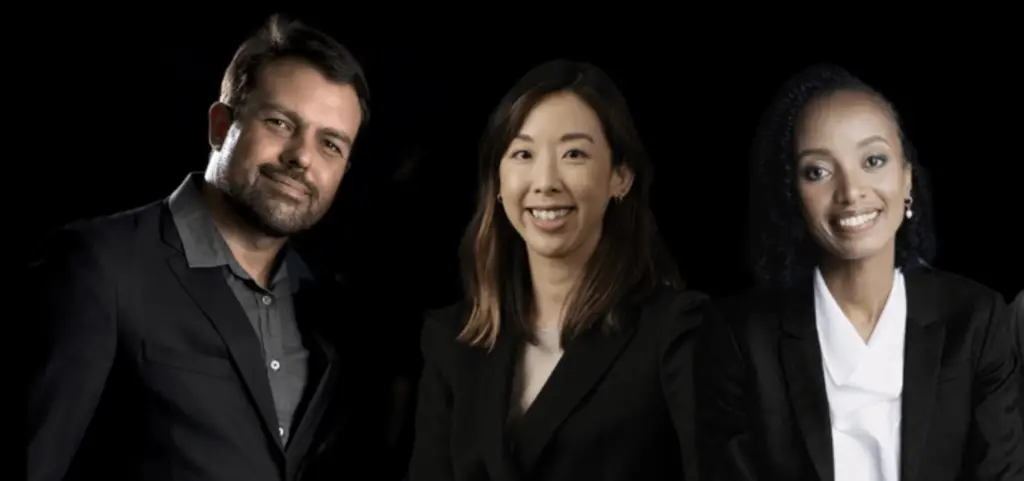
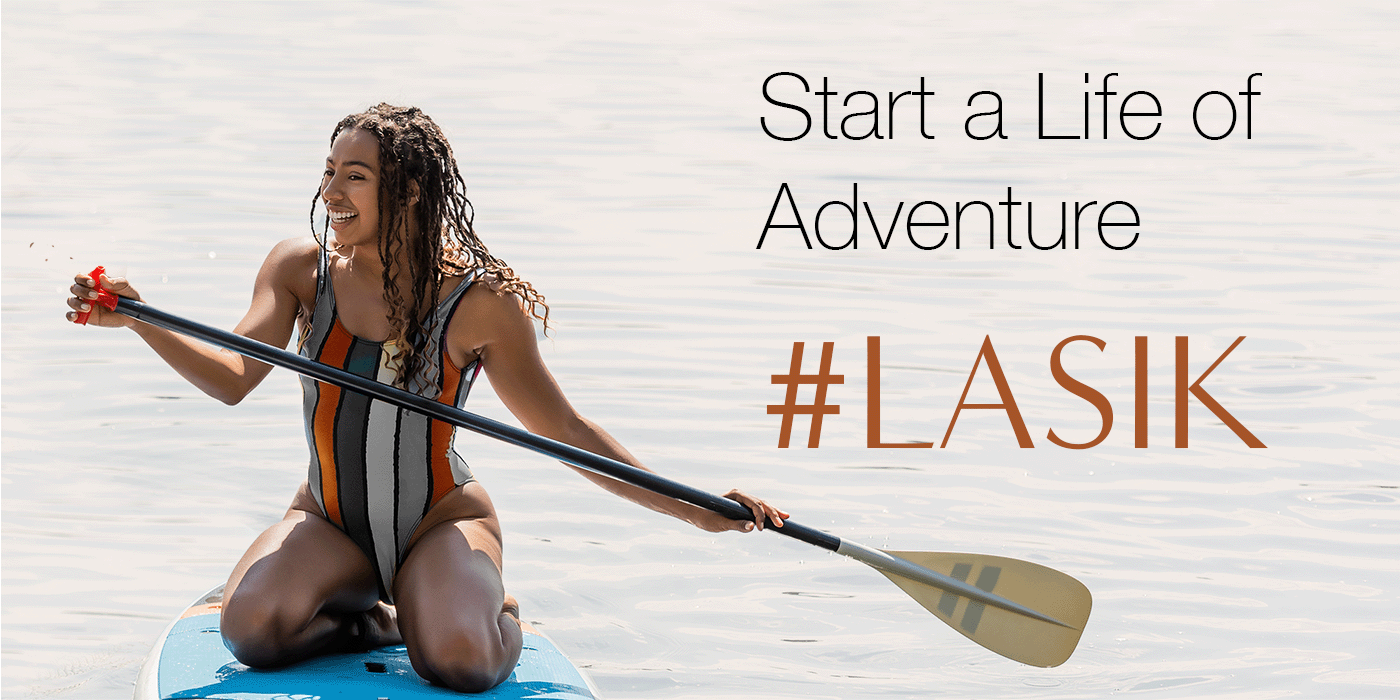
Here are some FAQs about our Laser Vision Correction procedures.
LASIK is a laser vision correction procedure that treats refractive errors permanently. No medical procedure is without any risk. The important thing is to weigh the risks and benefits of each procedure. When the surgery is performed by an experienced surgeon using a careful screening process, the rate of success is very high.
In some cases, years after LASIK, your vision might not be as sharp as the first few years after the procedure. This is called regression, even though it can happen it is unlikely. Each year after LASIK there is a slightly increased chance of needing retreatment. It is common for refractive surgeons to offer a no-cost enhancement in the first year after LASIK if needed. Similar to wearing glasses, LASIK does not prevent your eyes from changing from other diseases or old age. Around the age of 45 you will start wearing reading glasses. This can be corrected again with a laser procedure called PresbyLASIK. Later old age will also give you cataracts or macular degeneration which would need a whole different treatment approach.
Unfortunately, most medical aids do not cover LASIK as it is seen as lifestyle surgery. Medical aids do however cover the pre-tests from your day-to-day benefits if you have funds available. After surgery patients are welcome to claim back their medical aid if they do have a refractive benefit in their plan, after the procedure the full costs of the procedure remain the patient’s responsibility. The consultation and tests done during an Advanced Ocular Analysis is charged at medical aid rates. If a different eye disease is detected additional tests and scans may lead to additional costs. Most medical aids only cover the consultation from your day-to-day benefits and therefore the rest of the procedure costs are still payable by the patient. We are partnered with @MediWalletSA Apply for MediWallet and pay in 3, interest free You will also be able to select a more affordable repayment term of up to 18 months. For pre-approval, SMS your SA ID Number*Gross Monthly Income to 45105. For more info, visit www.mediwallet.co.za If you are considering LASIK and want to find out if you are a candidate you can book a complimentary LASIK screening. |
During our consultations we have to be as thorough as possible. With Laser Vision Correction our aim is perfection which means that we may have to do many scans and tests. Your consultation may take up to 2.5 hours. Your pupils may have to be dilated to clearly visualise the back of your eye to exclude any other diseases that may influence your results. Dilation can cause you to have blurry vision. It is advisable that you have someone drive for you after your consultation.
Immediately after surgery, you should plan to rest your eyes for 6-12 hours. Consider taking a nap. The day after surgery most patients will see clearly, others may take 2- 5 days to recover. You will have follow-up appointments at one week and six weeks with your ophthalmologist to assess your vision and healing. Complete recovery takes about 3 to 6 months, within this period your vision might fluctuate a bit. You may also experience dryness that should improve. Healing is different for each patient. There is no set timeline for recovery.
LASIK is the safest, most effective, life changing outpatient surgical procedure of any kind. You should look at the risks as compared to your current vision correction choice. Although both contact lenses and LASIK are considered safe, studies show that contact lens wearers are 10 times more likely to experience significant vision loss or blindness from wearing contact lenses compared with having LASIK eye surgery. When the surgery is performed by an experienced surgeon using a careful screening process, the rate of success is very high. Complications from contact lenses accumulate over years, while those from LASIK eye surgery occur over a brief time. Although there are certain situations when losing your glasses might not only be inconvenient but even dangerous, statistically glasses are the safest option.
LASIK is one of the most researched medical procedures. The evidence supporting LASIK is overwhelming, with over 6 300 studies and reports as of July 2019. A recent review of the best studies found them to be free of industry bias and in support of a better than 99% success rate.
Refractive surgeons themselves have LASIK and similar surgeries 4 times more frequently than the general population, and they routinely recommend it to friends and family members.
Every surgical procedure, even LASIK, has risks and all patients do not have the same chance of success. You and your ophthalmologist must look at the advantages and disadvantages of Laser Vision Correction considering your lifestyle and your specific situation.
Fortunately, most patients agree that it is a pain-free procedure. You may experience some discomfort like someone is pressing on your eye.
Numbing eye drops are used to keep your eyes comfortable and pain-free during LASIK. This takes about 10 to 15 minutes to numb both eyes. During the first half of the procedure, it feels like someone is pressing on your eyelid, with the creation of the corneal flap. Thereafter you will be asked to stare at a light as the laser reshapes the cornea. If you are anxious before your procedure, your surgeon can give you a mild sedative to help you relax.
Afterward, you might find that your eyes will be light sensitive and a bit uncomfortable for about 6- 8hours, use your drops and pain medication as prescribed to ensure minimum discomfort.
LASIK is a Laser Vision Correction procedure that treats refractive errors permanently. When the surgery is performed by an experienced surgeon using a careful screening process, the rate of success is very high.
In some cases, years after LASIK, your vision might not be as sharp as the first few years after the procedure. This is called regression and even though it can happen, it is unlikely. Each year after LASIK there is a slightly increased chance of needing a retreatment. It is common for refractive surgeons to offer an enhancement free of charge in the first year after LASIK if needed. Similar to wearing glasses, LASIK does not prevent your eyes from changing as a result of other diseases or aging. Around the age of 45 you will start wearing reading glasses. This can be corrected again with a laser procedure called PresbyLASIK. Later, old age is likely to give rise to cataracts or macular degeneration which would need a whole different treatment approach.
Before we do LASIK/PRK, preparation is key to success. An advanced ocular examination takes about 2 – 3 hours. Not only will these tests determine candidacy for laser vision correction but also screen for other eye diseases. It’s important to note that you might need a driver. Your eyes may be dilated to examine the back of your eye, this leads to light sensitivity and blurry vision.
The procedure itself takes about 15 minutes per eye. By the next morning, you will already see much clearer. For PRK Patients the vision will fluctuate for up to two weeks after the procedure.
You should not wear contact lenses for two weeks before having LASIK.
Like the intricate process of luxury watchmaking, Laser Vision Correction is a delicate combination of art and precision. For a true refractive surgeon, it is not only a form of responsibility, but also a kind of pleasure and an instrument of compassion. A surgeon’s skill is not a dispensable luxury but a simple necessity. Do your homework – spend some time researching refractive surgeons in your area. Look at things like the training they had, how many laser eye surgery procedures they have performed, their success record of visual outcomes, and their patient references.